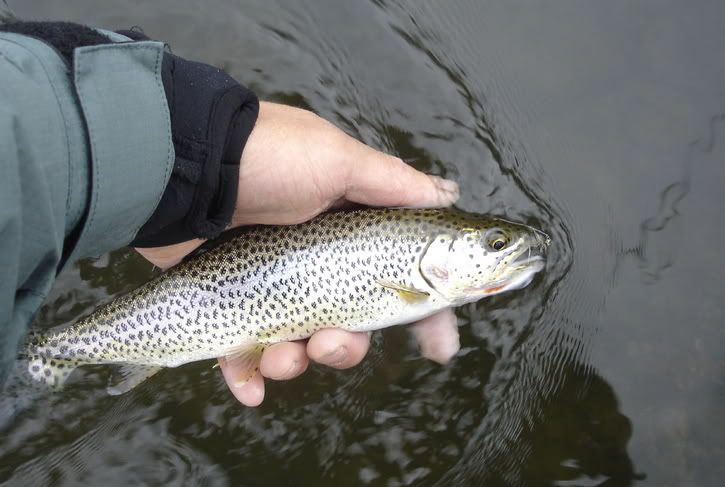
Originally Posted by
bubzilla
Nice fish guys! Not that it really matters, and I know we partially hashed this out on the Jefferson board a couple years ago, but according to ODFW biologists searuns don't go above the Illinois on the Rogue. What we have above the Illinois, according to the biologists, are fluvial cutts. They migrate but don't go to the sea. Who knows if they're right, but scale samples and calcium ratios don't usually lie. I've seen a guide who shall remain nameless claiming to have caught large searun cutts well into the upper river, and the chances of that, given what the biologists suggest, are extremely low.
P.S. Is there any consensus as to whether there are searun browns on the Trinity? Most of the anglers I've talked to think there are, and I've seen a couple pictures of fish that definitely looked like they might be--of course, that's not a very scientific or conclusive way to judge whether they were ever in the ocean or not.



 Reply With Quote
Reply With Quote



Bookmarks